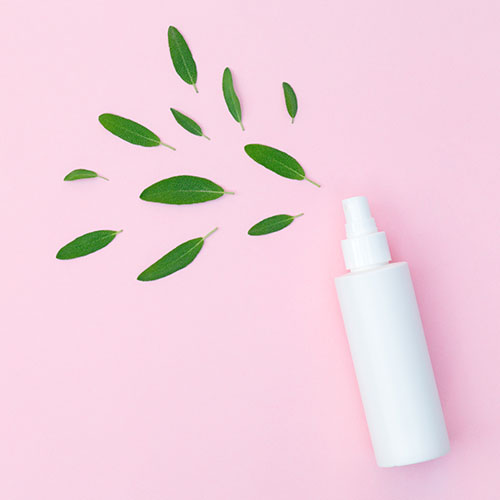
There is a sustainability movement affecting the beauty industry right now, causing brands to consider new ways to appeal to their growing base of eco-conscious consumers.
We know that up to 75% of Millennial shoppers alter their buying habits with the environment in mind and are willing to pay more for beauty products made from sustainable or organic ingredients. We also know that 90% of Gen Z and younger shoppers say they care about how environmentally friendly their beauty products are.
But did you know that 1 in 4 consumers are trying to reuse or use less water? As consumption outstrips supply, clean water is set to become a commodity. The more consumers are aware of this, the more beauty brands will need to change how they manufacture and formulate products to limit a dependence on water.
Sustainability in a World with Growing Water Accessibility Concerns
Water covers about 71% of the earth’s surface, but 97% of the earth’s water is found in the oceans and is too salty for drinking, growing crops and most industrial uses. Only 3% of the earth’s water is fresh, but the majority of that is in glaciers, soil and atmosphere – therefore unavailable. Millions of gallons of water are used daily for production and agriculture needs, while humans use approximately 80-100 gallons of water each day just as part of their daily routines.
Increasing water pollution creates new demands for fresh water, with more than 1.2 billion people lacking access to clean drinking water and two-thirds of the world’s population predicted to experience shortages by 2025.
Waterless beauty helps brands and consumers conserve natural resources. It’s also more sustainable for brands looking to reduce their carbon footprint, as less water in formulas means less product per application, less packaging and waste and less shipping space which reduces the amount of fuel used.
Formulas with Less Water Need Fewer Preservatives
When a formula is full of water, it tends to attract more bacteria and require the use of preservatives so that it can have a longer shelf life. A cream formula, for example, may contain as much as 85% water. Lotions can contain up to 90% and shower gel and shampoos may contain up to 95%. Because of the water in these products, manufacturers need to consider protective packaging and preservatives. Reducing water reduces the need for preservatives.
Water can also negatively impact formula ingredients. For example, vitamin C oxidizes when it comes in contact with water. If your skincare product touts vitamin C as an active ingredient, but the product also contains an high percent of water, it may not be as efficacious as possible.
R/evolution of Waterless Beauty
As buyers look for sustainable products and are willing to pay more for them, waterless beauty offers benefits to both your brand and your consumers.
Cosmetics Business recently named waterless beauty as one of their top five trends beauty and skincare consumers will demand from brands. Companies like L’Oreal, Lush, P&G and Amazon have already committed to eco-friendly packaging and are focused on renewable resources.
Before the market becomes saturated with waterless beauty products, your brand should solidify a waterless beauty offering as part of your commitment to sustainability.
Read more about Waterless Bōshi Beauty, the latest waterless delivery solution from TaikiUSA, or contact us to learn more about our offerings.
Want to see more? Join us at Beauty Accelerate where we’ll present a webinar all about Waterless Bōshi Beauty on November 2 at 9:45AM.